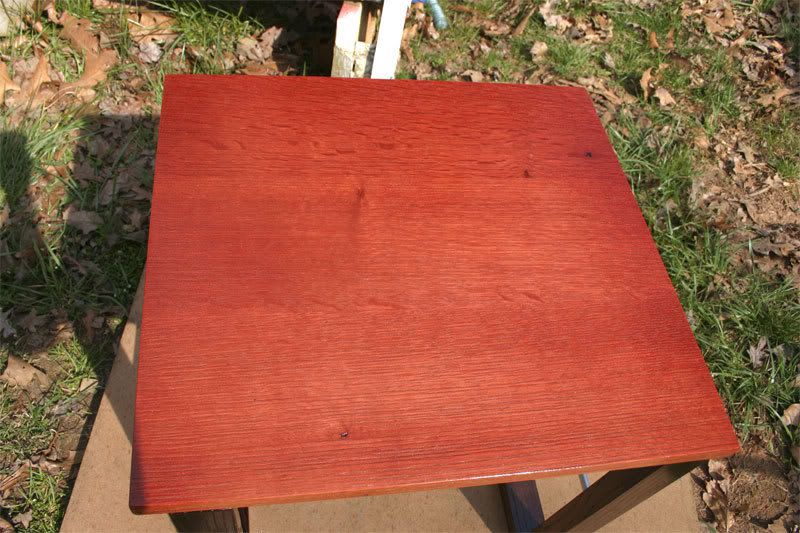So i've finally dialed in my HVLP to the point where I'm confident enough to use it for important projects. My question is how many coats of water-based poly do you usually spray? I'm spraying quartersawn white oak tabletops...

This is before spraying the poly.
I've sprayed about 5 coats. It looks great but since I didn't fill the grain at all there are still ridges where the grain still shows. Should I continue spraying until it all fills in and everything is level or leave it as is. I assume spraying requires more coats than brushing, am i right here?

This is before spraying the poly.
I've sprayed about 5 coats. It looks great but since I didn't fill the grain at all there are still ridges where the grain still shows. Should I continue spraying until it all fills in and everything is level or leave it as is. I assume spraying requires more coats than brushing, am i right here?
